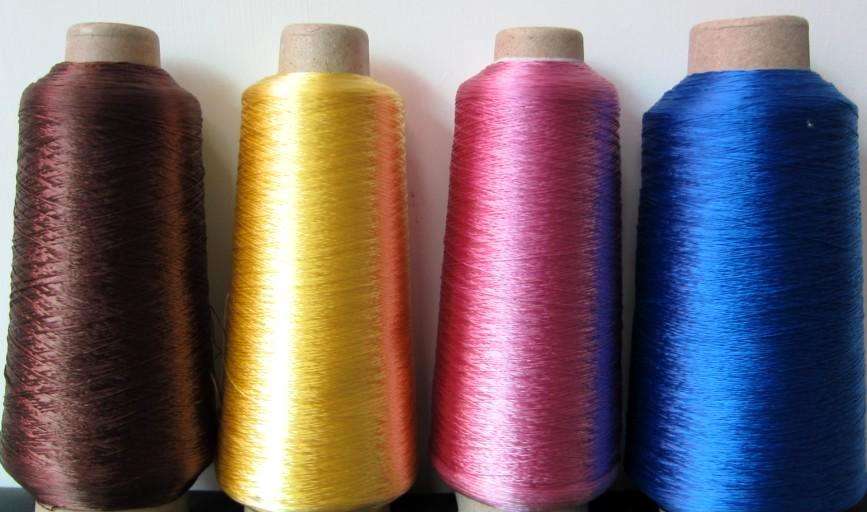What is unstained nylon yarn?
The so-called unstainednylon colored yarnIt is the method of using the original solution for coloring, which is first made into colored slices or masterbatch before spinning and directly spun into colored polyamide fibers. Using this nylon yarn directly weaves various fabrics such as socks, lace, lining, fabrics, etc., without the need for dyeing, avoiding the severe environmental pollution caused by subsequent dyeing. Therefore, non dyed nylon yarn is a green and environmentally friendly fiber with a wide range of applications.

The development of non dyed nylon yarn began in the 1970s, and developed rapidly in countries such as the United States, Japan, Europe, and Taiwan in China. Domestic development also has a history of more than 30 years, but it is still relatively backward. However, in recent years, the development and use of non dyed nylon yarn in China have shown a gratifying trend of accelerating and improving quality. Significant progress has been made in areas such as color masterbatch and pre spinning injection skills and equipment, colored chip development and spinning, dynamic mixing, and the use of non dyed nylon yarn.
Article source: Nylon colored yarn
-
05-27
The reason why fabrics containing spandex are prone to yellowing
Spandex is a commonly used fiber variety in our daily lives, characterized by good elasticity, low fineness, high elastic modulus (cracking elongation can reach 400-800), and low specific gravity. Spa
-
04-24
Colored non dyed nylon with synthetic fiber raw material
The current conventional fiber coloring mostly uses yarn dyeing method, which has long process, high loss, high cost, and the product has color difference and low color wash fastness. Yarn is prone to
-
03-26
What are the characteristics of non dyed spandex?
Non dyed spandex has also been widely used in recent years. Non dyed spandex fiber can be blended with fibers such as nylon, polyester, acrylic, cotton, wool, etc., which can give fabrics excellent el
-
02-24
The influence of yarn structure on fabrics
The basic characteristics of yarn include its appearance and shape, twisting characteristics, fiber transfer and distribution characteristics in the yarn, as well as the surface fuzz and internal loos
